Making a plaster cast from a clay model
This hands-on course provides an introduction to the fundamentals of modelling and simple plaster casting. The focus is on understanding the materials and following well-structured working processes.
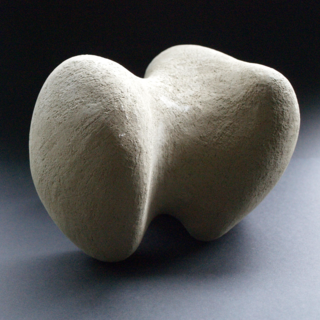
This hands-on course provides an introduction to the fundamentals of modelling and simple plaster casting. The focus is on understanding the materials and following well-structured working processes.
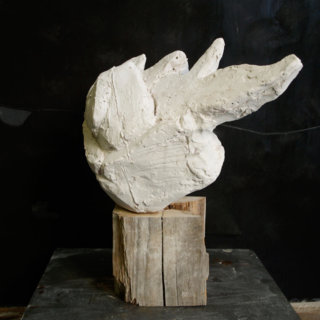
The most varied inspirations can lead to the creation of a work of art. During this week we will open ourselves to new experiences in forming and shaping.
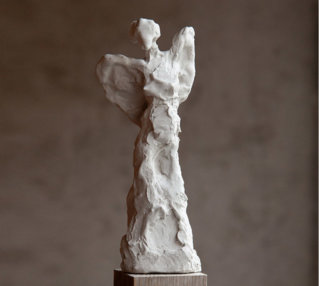
Plaster is indispensable in sculpture. Its countless processing options make it a unique material for artistic creation. Plaster can be built up just as easily as it can be removed. You can cast it, drip it, spread it on, chisel, saw, drill, rasp, or sand it. Depending on the setting stage during modeling, various surface structures can emerge: everything from smooth, taut surfaces to rough, fragmented forms is possible. Art history is full of wonderful examples, as seen in works by Giacometti, Henry Moore, and Hans Arp.
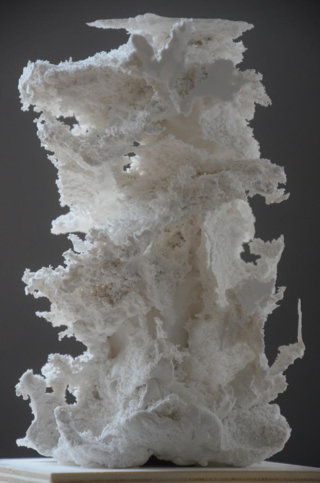
This course focuses on experimenting, playing, and exploring the vast possibilities of form in sculpture. We will mainly work with plaster and clay—two ideal materials provided by nature. We’ll also incorporate pigments, stones, and plant fibers. We joyfully allow nature and chance to play a role in our search for form. Failed attempts will be recycled or returned to nature.
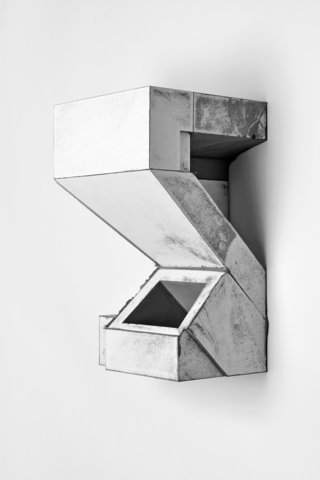
Concrete – a material of understated beauty, often associated in architecture with heaviness and utility – reveals a surprising, almost poetic quality in sculpture. It is strong and patient, capable of bearing delicate openings as well as solid volumes, allowing for transitions and connections that are not possible in stone – and even forgiving minor imperfections along the way.

This one-week course offers the possibility of modeling a figure from a live model and to subsequently cast it in plaster. Thus two learning themes are combined: firstly, the figurative design focussing on the anatomy and secondly the casting technique of the ‘lost form’ in plaster. This week’s course is aimed at course participants who are experienced as well as inexperienced in the field of figurative design.
In order for this website to function properly and to improve your experience, we use cookies. For more information, see our cookie policy.
Necessary cookies enable the core functionality. The website cannot function properly without these cookies and can only be deactivated by changing your browser settings.